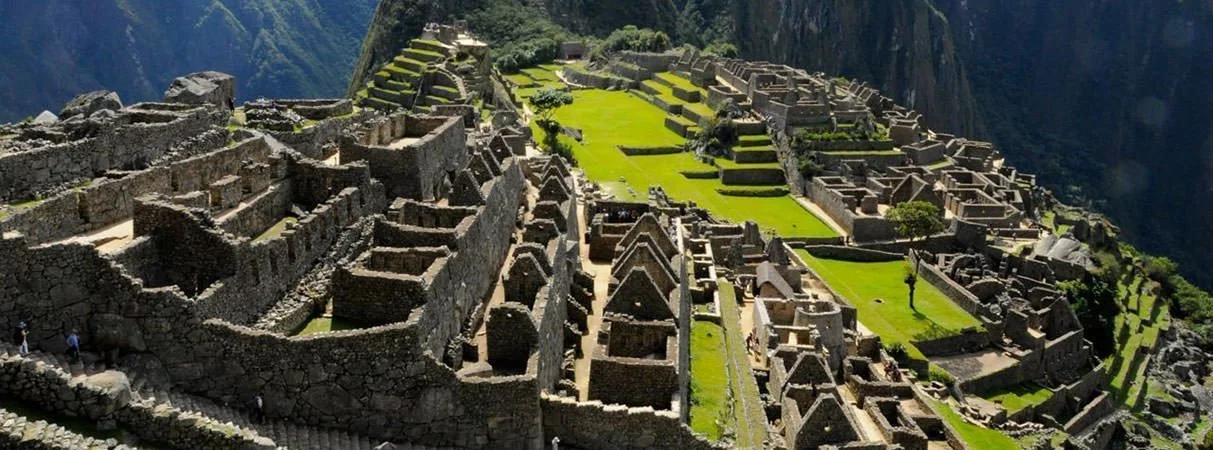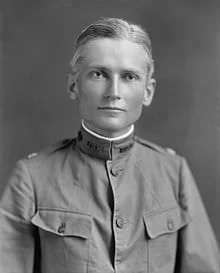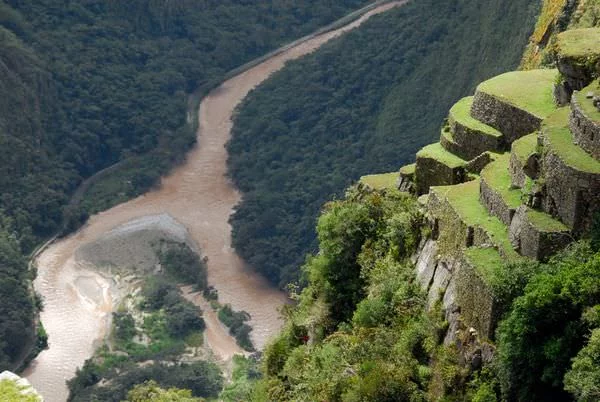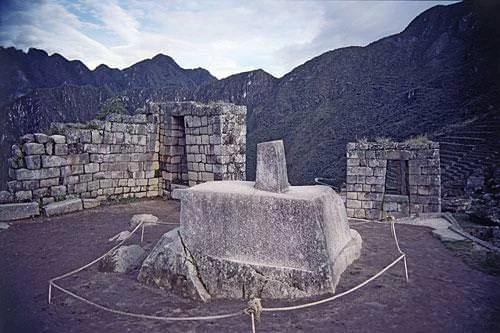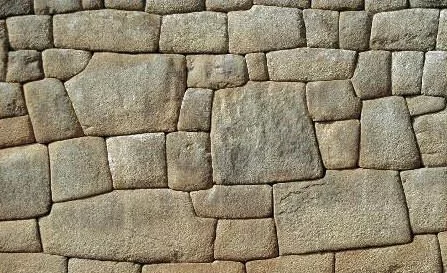The Inca dynasty rose from obscurity in Peru’s Cusco Valley in thirteenth century. From 1438 to 1533, the Incas charmed, intimidated, bribed or conquered their rivals to create the largest empire in pre-Columbian America. Located in Cusco region of Peru in South America, Machu Picchu is the most familiar icon of Inca civilization. Built around 1450 at the height of the Inca Empire and abandoned less than a century later as a result of Spanish conquest, it is now a very popular tourist destination. Here are 10 interesting facts about this magnificent site known as the ‘City of the Incas’.
#1 IT WAS DISCOVERED BY HIRAM BINGHAM
Although several people claimed to have rediscovered Machu Picchu, the site was brought to international attention by Hiram Bingham in 1911. There was no account of Machu Picchu in the chronicles of the Spanish invasion and Bingham believed he had found Vilcabamba, the so-called ‘Lost City of the Incas’. Machu Picchu was in fact not known to the Spanish during their conquest and hence was not plundered or destroyed. This makes it highly significant as a relatively intact cultural site.
#2 PERU AND YALE UNIVERSITIES FOUGHT OVER ITS ARTEFACTS
After Bingham excavated treasures from Machu Picchu from 1912 – 1915, he took them to Yale University in the United States for further studies. He was supposed to return them in 18 months but Yale retained the artefacts on pretext that Peru didn’t have the infrastructure or proper conditions to care for the pieces. Yale was accused of profiting from Peru’s cultural heritage and after a long dispute between Peru and Yale University all the artefacts were returned to their original home by November 2012.
#3 MACHU PICCHU MEANS ‘OLD PEAK’
Machu Picchu is at a height of 2,430m in the Andes Mountains. The name Machu Picchu means ‘old peak’ and it refers to one of the two mountains on which the site lies, the other being Huayna Picchu (young peak). There are many theories about why Machu Picchu was built. Most archaeologists are convinced that Machu Picchu was an estate of the Inca emperor Pachacuti. The site was selected because it occupied a special place in the “sacred landscape” of the Inca. Its mountains are alleged to be in alignment with key astronomical events important to the Incas. The mountain on which it is built is surrounded by Urubamba River, which the Inca named the Vilcamayo, or Sacred River.
#4 IT HAD SOPHISTICATED SYSTEMS TO IRRIGATE THE FIELDs
The city area of Machu Picchu is divided into the upper town and the lower town. All the temples are located in the upper town while the warehouses are part of the lower town. It also has an agriculture area with extensive terraces; and sophisticated channelling systems to irrigate the field.
#5 TEMPLE OF THE SUN IS ONE OF ITS MOST VISITED SITES
Among the structures that enhance the spiritual significance of the site is the “Temple of the Sun” or Torreon. It is located near the supposed residence of the Inca emperor. During the summer solstice there is an alignment between one of the temple’s windows, rock and the solstice sun. Beneath the temple there is a cave which Bingham referred to as “royal mausoleum”.
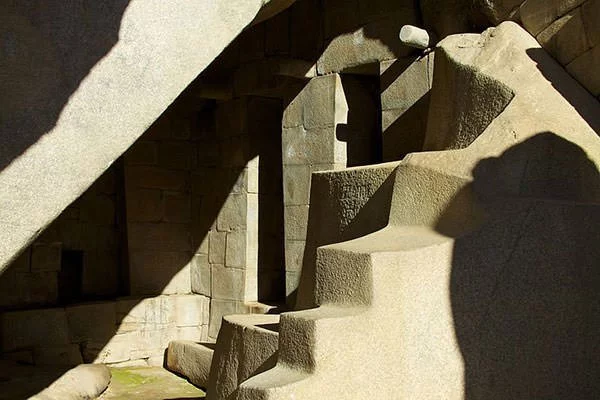
#6 INTIHUATANA STONE WAS PROBABLY AN ASTRONOMIC CLOCK
The Intihuatana stone is one of the archaeological treasures at Machu Picchu. Inti means ‘sun’ while wata means ‘to tie’. Hence Intihuatana is literally an instrument to tie up the sun. The Inca believed the stone held the sun in its place along its annual path in the sky. At midday on November 11 and January 30 the sun stands almost above the pillar, casting no shadow at all. Some researchers believe that it was built as an astronomic clock or calendar.
#7 THE ASHLAR TECHNIQUE Was Used To Construct Its Buildings
The style used by Inca in all prominent buildings of Machu Picchu is the classical Inca architectural style of polished dry-stone walls of regular shape. In this technique blocks of stone are cut to fit together tightly without mortar. It is called ashlar and the Incas had mastered it. Ashlar was perhaps used because mortar-free construction is more earthquake resistant and Peru is a highly seismic land. Such is the brilliance of their architecture that many junctions are so perfect that not even a blade of grass fits between the stones. Also the walls built by them can move slightly and resettle without collapsing. Ashlar technique was so forward for the time that it has given rise to conspiracy theories about aliens building the site.
#8 HOW THE HUGE STONES WERE MOVED ALSO REMAINS A MYSTERY
Although the principle of the wheel was known to them, the Incas never applied it in their engineering. It might be due to the lack of strong draft animals or the terrain might have made the wheel impractical. How they moved and placed the enormous blocks of stones remains a mystery. Some have suggested that hundreds of men pushed the stones up inclined planes.

#9 THE INCA TRAIL IS THE MOST POPULAR WAY TO REACH It
The Incas built a road to Machu Picchu region, known today as the Inca Trail. This road is the most popular way to approach the site and tens of thousands of visitors use it every year to reach Machu Picchu. It is a three day journey and compulsory porters are needed in the trekking expedition. At night the porters sleep on the trail with a piece of mirror or metal under them. They do so to prevent being carried away by spirits emerging from the earth. Most of them also recount experiences of being pulled out of their tents by spirits.
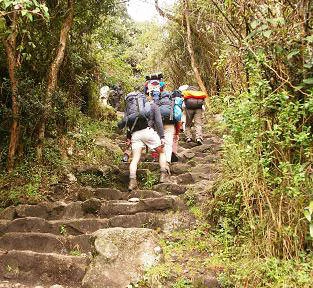
#10 It IS ONE OF THE NEW SEVEN WONDERS
In 1983, UNESCO declared this magnificent city as a World Heritage Site. In 2007, Machu Picchu was voted as one of the New Seven Wonders of the World. It has featured in a few movies including the 1954 film Secret of the Incas and the 2004 film, The Motorcycles Diaries. A song of 2010 South Indian film Ethiran was filmed at Machu Picchu after direct intervention from the Indian government. The site is one of the most visited tourist attractions in all of Latin America with an average of 1800 visits per day. However this has led to the site being threatened by economic and commercial forces and UNESCO is considering putting it on its List of World Heritage in Danger.

